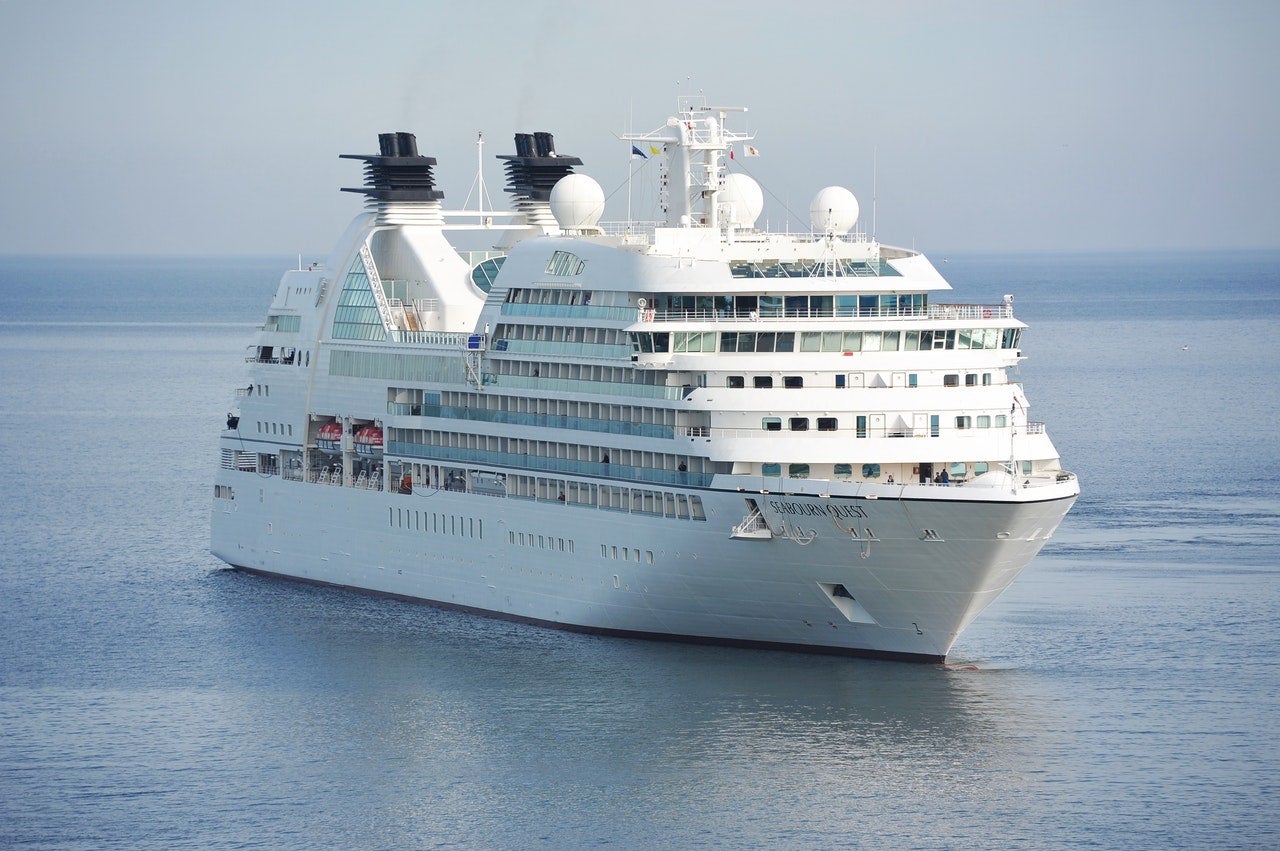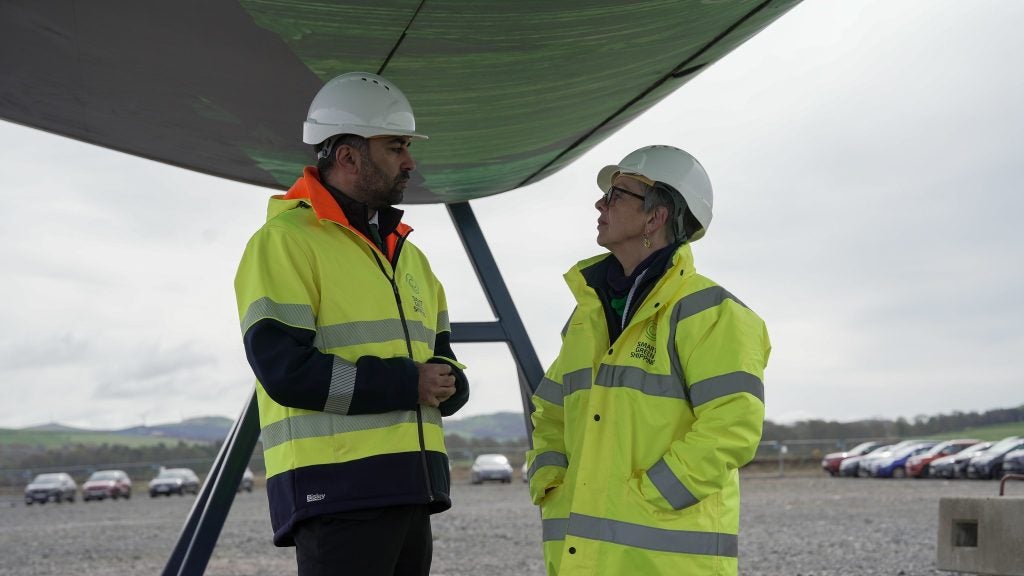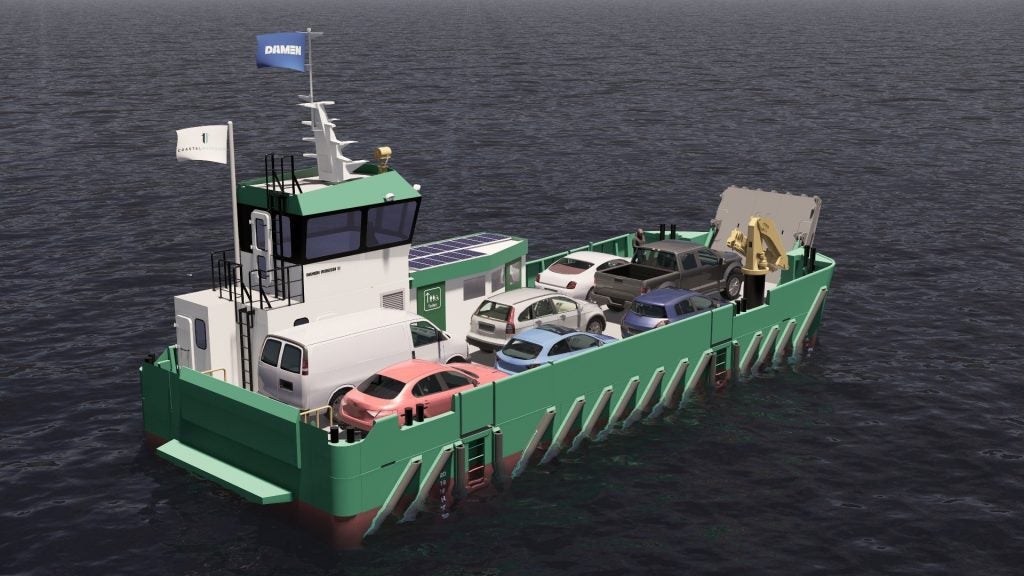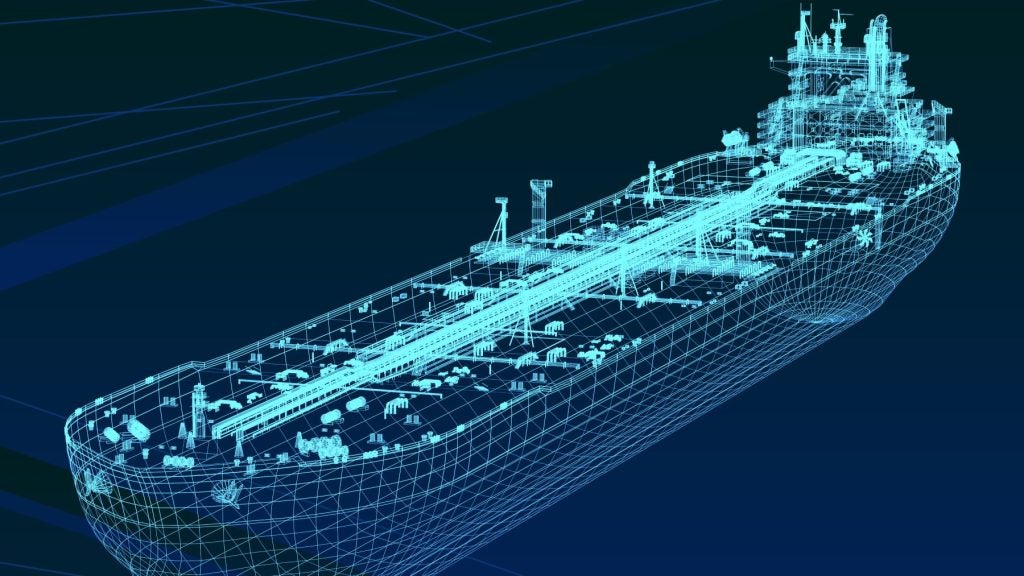
As a result of the Covid-19 travel restrictions, the cruise industry was dealt a hard blow, with multinational companies, such as Carnival Corporation, suffering major financial losses.
Carnival’s second quarter results show the company lost $4.4bn in the second quarter of 2020, including $2bn for non-cash impairment charges. Carnival’s total revenue dropped from $4.8bn in 2019 to $700m. The company – which owns brands such as Holland America and Princess Cruises – has reacted by restructuring its fleet, removing less efficient ships throughout the whole fleet.
Other cruise operators, on the other hand, have decided to bet on the industry’s future by buying ships at a much cheaper price.
Holland America: four out, three Pinnacle Class in
Holland America was one of the first Carnival-owned brands to go along with the restructuring plans and start selling ships. On 15 July, the company announced that four cruise ships – named Amsterdam, Rotterdam, Maasdam and Veendam – had been sold.
While the former two were acquired by Norwegian cruise line Fred Olsen Cruise Lines, the latter were sold to undisclosed buyers.
How well do you really know your competitors?
Access the most comprehensive Company Profiles on the market, powered by GlobalData. Save hours of research. Gain competitive edge.

Thank you!
Your download email will arrive shortly
Not ready to buy yet? Download a free sample
We are confident about the unique quality of our Company Profiles. However, we want you to make the most beneficial decision for your business, so we offer a free sample that you can download by submitting the below form
By GlobalData“It’s always difficult to see any ship leave the fleet, especially those that have a long and storied history with our company,” commented Holland America Group CEO Stein Kruse.
Amsterdam and Rotterdam – now renamed Bolette and Borealis, after previously owned ships – were introduced in 2000 and 1997, respectively. While the first one, a 63,000-tonne vessel, carried 1,380 passengers, Rotterdam could contain more than 1,400 guests on board.
“We have chosen these vessels as they will fit seamlessly into our existing fleet of small ships, each carrying under 1,500 guests, bringing with them new and larger public areas whilst not compromising on our small ship experience,” said Fred Olsen chairman Fred Olsen Junior, explaining the reasons behind the move.
“This increase in our capacity demonstrates our confidence in the future. With these new additions to the fleet, we will come out of this current situation stronger than ever, ready to deliver the award-winning itineraries that we are famous for.”
Carnival Cruise: Fantasy and Inspiration out as new Excel-class waits in the wings
Carnival cruised announced plans for the development of a new Excel-class liquefied natural gas (LNG) powered ship, which is supposed to be ready by November 2022.
The unnamed vessel, which is currently under construction at the Finnish Meyer Turku shipyard, will be similar to is its sister Mardi Gras, a 5,200-passenger cruise ship set to sail in 2021.
The new vessel will showcase many of the same features as Mardi Gras – including BOLT, the first roller coaster at sea – and will be open for selling this autumn.
As part of its overall replacement strategy, Carnival sold two ships, Carnival Fantasy and Carnival Inspiration, in July.
“We have used this pause in operations to think carefully about our fleet and to build a plan that gives our guests new choices and upgrades to current ship offerings,” explained Carnival Cruise Line president Christine Duffy.
“With our future fleet plan resolved, we are focused on ensuring we are ready to return to operations once it is determined that the time is right to resume cruising in the US.”
Princess Cruises: goodbye to legendary ships Sun and Sea
Princess Cruises has recently announced the selling of two of its most famous ships, Sun Princess and Sea Princess, to undisclosed buyers as part of Carnival Corporation’s post-Covid restructuring plans.
“Sun Princess and Sea Princess contributed to significant growth in Australian cruising,” said Princess Cruises president Jan Swartz. “Both ships defined the premium cruise experience with Australians and New Zealanders spending close to 14 million nights aboard these ships.”
Introduced 25 years ago with a debut in the Caribbean, in 1995 Sun Princess was one of the largest cruise ships in the world, carrying 2,000 guests on board.
After initially travelling around North and Central America – with destinations including Alaska and Panama – the ship was homeported to Australia. In 2013, Sun Princess was the first foreign-flagged vessel to offer cruises specifically for the Japanese market.
Having completed six full world cruises since 2013, Sea Princess has become one of the company’s most famous vessels. Before being homeported in Australia alongside Sun Princess, the ship had sailed around Europe, Alaska and the Caribbean.
Celestyal Cruises: Costa neoRomantica sails in as company looks to the future
Cyprus-based Celestyal Cruises has recently bought the Costa neoRomantica, which was originally owned by Italian cruise company Costa Cruises.
The ship, now renamed Celestyal Experience, has been operational since 1993, weighs 53,000 tonnes and can accommodate 1,800 people aboard. It features 789 cabins and was refurbished in 2012.
As reported by Cruise Adviser, Celestyal said one of its reasons for buying the ship was the need to look confidently at the future.
“While Covid-19 has brought a temporary pause to our operations, it is important that we look to the future with optimism and continue to deliver on our strategic plan to grow the business and enhance the award-winning Celestyal experience through investment,” explained Celestyal Cruises CEO Chris Theophilides.
Another reason was the vessel’s size, which the cruise operator believes will resonate well with customers. “I’m confident that she will prove to be a very popular choice amongst our valued guests and will allow us to continue providing truly unique experiences for years to come,” he added.
neoRomantica was the seventh ship that was sold by Costa Cruises, as part of its parent company’s restructuring plan.
P&O Cruises: Iona purchase sends a positive signal
UK-based P&O Cruises recently took ownership of Iona, a 345m ship weighing 185,000 tonnes. The vessel – the largest cruise ship to ever be built for the UK market – is the first British ship to be powered by LNG.
Considered by P&O president Paul Ludlow as a “very positive signal for the future of cruising”, Iona will travel all around Europe, from the British port of Southampton to Portugal, Spain and the Canary Islands. The ship will commence operations no earlier than the beginning of 2021.
“Whilst our operations are currently paused until early 2021, Iona will not be sailing for the moment, but we look forward to our guests experiencing this game-changing ship as we will continue to offer unparalleled holidays at sea whilst also upholding the latest approved travel protocols,” added Ludlow.
The ship’s new features will include the two-deck SkyDome – a pool by day and an entertainment and dining area by night – as well as entertainment venues, four swimming pools and 16 whirlpools.






